What is a South Korea Tourist eTA?
A South Korea tourist eTA is a short-term electronic travel authorization for travelers visiting for leisure, tourism, or to visit family and friends. It typically allows stays of up to 90 days and falls under the C-3 category for non-employment-related activities. Depending on nationality, travelers may apply through a South Korean embassy or use the online K-ETA system. Be sure to check the specific requirements for your country, as some may be eligible for visa exemptions or easier application processes.
Eligibility for South Korea Tourist eTA
To be eligible for a South Korea tourist eTA, applicants must meet the following general requirements:
- Valid Passport: Your passport must be valid for at least 6 months beyond your planned departure date from South Korea.
- Purpose of Visit: The visa is intended for tourism, leisure, or visiting family and friends. It is not valid for employment, study, or business activities.
- Financial Proof: Applicants must demonstrate sufficient financial means to support themselves during their stay. This could include bank statements, employment letters, or other financial documents.
- Accommodation Details: You must provide proof of accommodation in South Korea, such as hotel bookings or an invitation letter from a host.
- K-ETA Exemption: Citizens of certain countries are eligible for visa exemption and do not need to apply for a visa for short stays, typically up to 90 days. Alternatively, some may qualify for the Korea Electronic Travel Authorization (K-ETA) for easier entry.
- Application Process: Depending on nationality, applicants may need to apply for a visa at the South embassy or consulate, or for eligible countries, apply through the K-ETA system for visa-free visits.
South Korea Tourist eTA Requirements
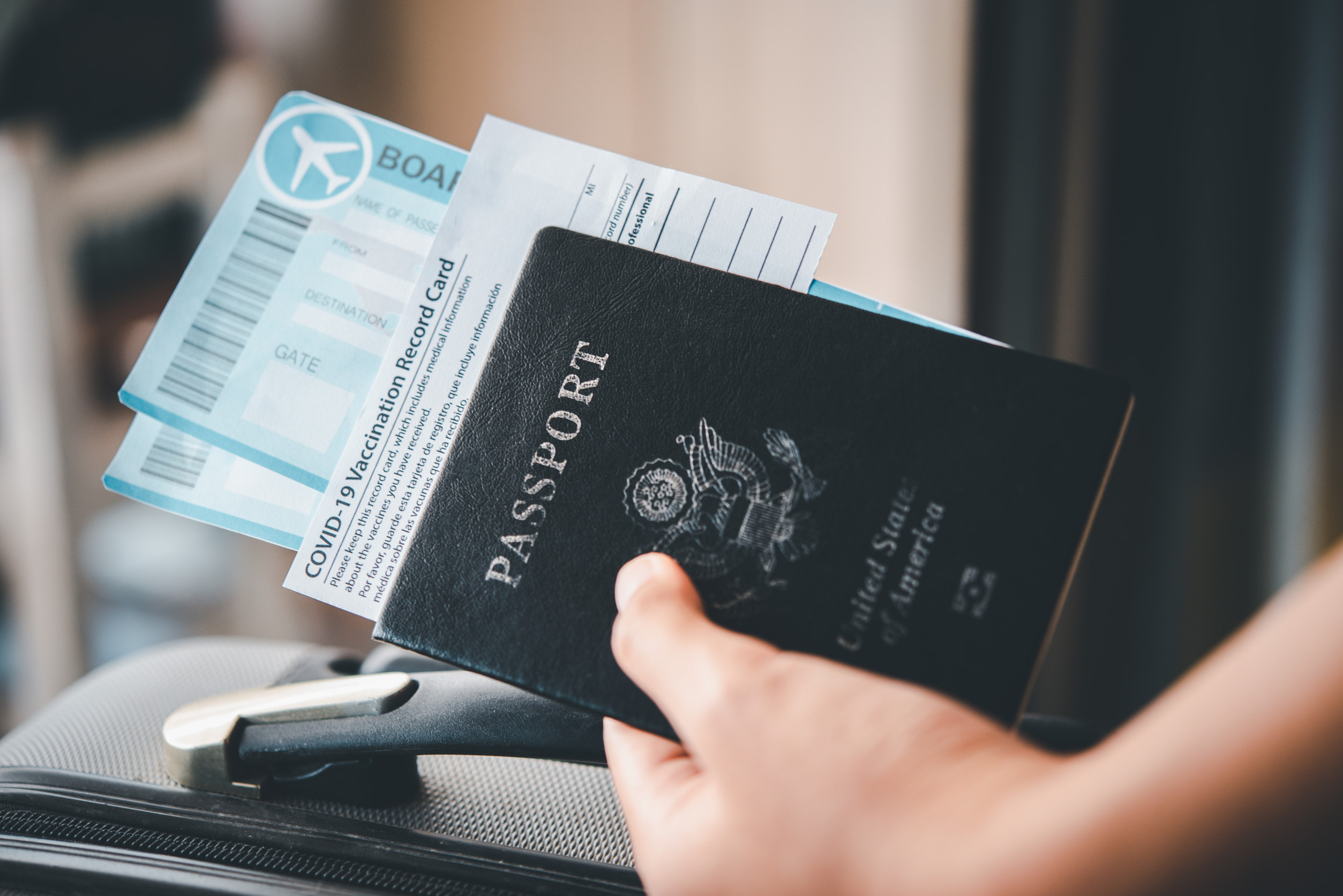
Application Requirements
To apply for a South Korea tourist eTA, applicants generally need to meet the following requirements:
Valid Passport
Your passport must be valid for at least 6 months beyond your planned departure date from South Korea.
Completed eTA Application Form
The eTA application form must be filled out accurately and signed.
Passport-Sized Photos
Typically, two recent passport-sized photos are required.
Flight Itinerary
Proof of round-trip flight booking (though not always required at the time of submission).
Additional Documentation
Accommodation Details
Proof of hotel reservation, or an invitation letter from a host in South Korea if staying with family or friends.
Proof of Financial Means
You must provide evidence of sufficient financial means to support yourself during your stay (e.g., bank statements from the last 3 months, recent pay slips, or an employment letter).
Travel Insurance (Optional but recommended)
Travel insurance that covers the duration of your stay in South Korea, including emergency medical coverage.
eTA Fee
Payment of the eTA application fee, which varies by nationality and embassy.
Additional Documents
Depending on the specific situation, additional documents may be required, such as an invitation letter, employment certificate, or tax returns.
South Korea Tourist eTA (C-3) Application Process
Application Process
Step 1: Verify Eligibility and Gather Documents
Ensure you meet the eligibility requirements for a South Korea tourist eTA and gather all necessary documents, such as your valid passport, completed eTA application form, and financial proof.
Step 2: Complete the Application Form
Fill out the South Korea eTA application form accurately. This form can be downloaded from the official website of the embassy or consulate in your country.
Step 3: Submit Your Application and Pay the Fee
Submit the completed form and required documents to the embassy or consulate. Pay the eTA application fee, which varies depending on your nationality and the embassy.
Step 4: Wait for Processing and Receive Your eTA
Wait for the embassy to process your application, which typically takes 1-6 Working Days. Once approved, you can collect your eTA or have it mailed to you, depending on the embassy’s procedure.
South Korea Tourist eTA (C-3) Validity
The South Korea Tourist eTA (C-3) typically allows a stay of up to 90 days. The exact duration of stay depends on the type of eTA issued and the embassy’s discretion. The eTA is generally valid for a single entry, meaning you can enter South Korea once during the eTA’s validity period.
It’s important to note that the eTA validity period refers to the time frame in which you must enter South Korea. Once you enter, you can stay for the duration specified (usually up to 90 days). If you need to stay longer, you would need to apply for an extension or a different type of visa.
South Korea Tourist eTA (C-3) Processing Time
The processing time for a South Korea Tourist eTA (C-3) typically takes 1-6 Working Days. However, this can vary depending on the embassy or consulate, the volume of applications, and your nationality.
It’s advisable to apply for your eTA well in advance of your planned travel date to allow for any unexpected delays. Some embassies may offer expedited processing for an additional fee, so you can inquire about that option if you need a quicker response.
South Korea (C-3) Fees and Methods of Payment

Methods of Payment:
The eTA application fee for a South Korea Tourist eTA (C-3) varies depending on your nationality and the embassy or consulate you apply to. The fee is generally paid at the time of submission.
In-Person Payment
Most embassies or consulates accept payments made in person through cash or credit/debit card.
Online Payment
Some embassies may offer online payment options, especially for applications submitted electronically.
Bank Transfer
In some cases, payment via bank transfer may be accepted, but it’s important to confirm this with the embassy.
Extending Your Stay with a South Korea Tourist eTA (C-3)
If you wish to extend your stay in South Korea beyond the allowed duration (typically 90 days for a C-3 tourist eTA), you must apply for an extension before your current eTA expires. Here’s how the process generally works:
- Apply for Extension: Visit the Immigration Office in South Korea to apply for an extension. It's recommended to apply at least 7 days before your eTA expires to avoid overstaying.
- Provide Documentation: You may need to submit additional documents, such as proof of sufficient funds, accommodation details, and a valid reason for extending your stay.
- Approval Process: The immigration office will review your application and decide whether to grant the extension. The length of the extension will depend on their assessment and is usually granted for an additional 30 to 90 days.
- Fee for Extension: There is usually a fee associated with extending your stay, which varies depending on the length of the extension. You can pay this fee at the immigration office.
Key Differences between C-3 Tourist eTA and K-ETA
Both the South Korea C-3 Tourist eTA and the K-ETA (Korea Electronic Travel Authorization) allow entry into South Korea for tourism, but they differ in several ways:
|
Details |
C-3 Tourist eTA |
K-ETA |
|
Eligibility |
Required for citizens of countries that do not have eTA exemptions or K-ETA eligibility. It’s necessary for travelers who wish to stay in South Korea for tourism or visiting family/friends for up to 90 days. |
This is an online travel authorization available for citizens of visa-exempt countries. Travelers can use K-ETA for short stays (up to 90 days) without needing to apply for a traditional visa. |
|
Application Process |
Requires submission of a visa application form along with supporting documents, such as proof of accommodation, financial means, and sometimes an interview at a South Korean embassy or consulate. |
The application process is much simpler. Travelers can apply online by filling out a short form and paying a fee. It’s a digital authorization that takes only a few minutes to complete. |
|
Processing Time |
The processing time typically takes 1-6 Working Days, but can vary depending on the embassy or consulate. |
The processing is faster, typically taking a 24 Hours. However, travelers should apply at least 72 hours before their departure to avoid delays. |
|
Duration of Stay |
Allows stays of up to 90 days in South Korea, and the visa can be single-entry or multiple-entry, depending on the approval. |
Grants permission for stays of up to 90 days, but it is a single-entry authorization. Extensions are not possible under K-ETA, and if you wish to stay longer, you need to apply for a different visa. |
|
Flexibility |
Provides more flexibility for travelers who need to stay longer, apply for multiple entries, or extend their stay while in South Korea |
Is mainly for short-term travelers, offering only a single-entry stay for up to 90 days without the possibility of an extension. It’s best suited for travelers from visa-exempt countries who plan short trips. |
|
Countries Eligible |
Citizens from countries that are not eligible for eTA exemptions or K-ETA must apply for a C-3 Tourist eTA. |
Available to travelers from eligible countries that are part of the K-ETA system. Citizens from many countries, including the U.S., Japan, the UK, and most European nations, can use K-ETA. |
K-ETA vs. C-3 Tourist eTA: Which to Choose?

When planning a trip to South Korea, it’s important to choose the right entry option based on your nationality, travel duration, and needs. South Korea offers two main travel authorizations: the K-ETA (Korea Electronic Travel Authorization) and the C-3 Tourist eTA. Below is a guide to help you decide which one to apply for based on your situation.
Choose K-ETA if:
- You're from an eligible country (e.g., U.S., U.K., most EU countries).
- You plan a short stay (up to 90 days) and want a quick online process.
- You don’t need an extension or multiple entries.
Choose C-3 Tourist eTA if:
- You're from a non-eligible country (e.g., some African, Middle Eastern, or South Asian countries).
- You need a longer stay, multiple entries, or flexibility in your visit.
Common Reasons for South Korea C-3 Tourist eTA Rejection
A South Korea C-3 Tourist eTA application may be rejected for several reasons. Here are some of the most common ones:
- Incomplete or Incorrect Application: Submitting an incomplete or inaccurate application form can lead to rejection. It’s essential to double-check all information before submission.
- Insufficient Financial Proof: Failing to provide adequate proof of financial means to support yourself during your stay (e.g., bank statements, pay slips) can result in a eTA refusal.
- Lack of Travel Intent: If the immigration authorities believe that you intend to overstay your eTA or work/study illegally in South Korea, your eTA application may be denied.
- Invalid Passport: If your passport is not valid for at least 6 months beyond your intended departure date from South Korea, the eTA may be rejected.
- Inconsistent Travel History: A history of overstaying or violating eTA conditions in other countries may raise concerns and lead to rejection.
- Failure to Prove Accommodation: Not providing sufficient proof of accommodation (e.g., hotel bookings or an invitation letter from a host) can result in a eTA refusal.
- Criminal History: Having a criminal record or being on a South Korean blacklist could lead to a eTA denial.
Best Places to Visit with a South Korea C-3 Tourist eTA
With a South Korea C-3 Tourist eTA, you have the opportunity to explore a wide range of attractions that showcase the country’s rich cultural heritage, vibrant cities, and natural beauty. Here are some of the top destinations to consider during your visit:
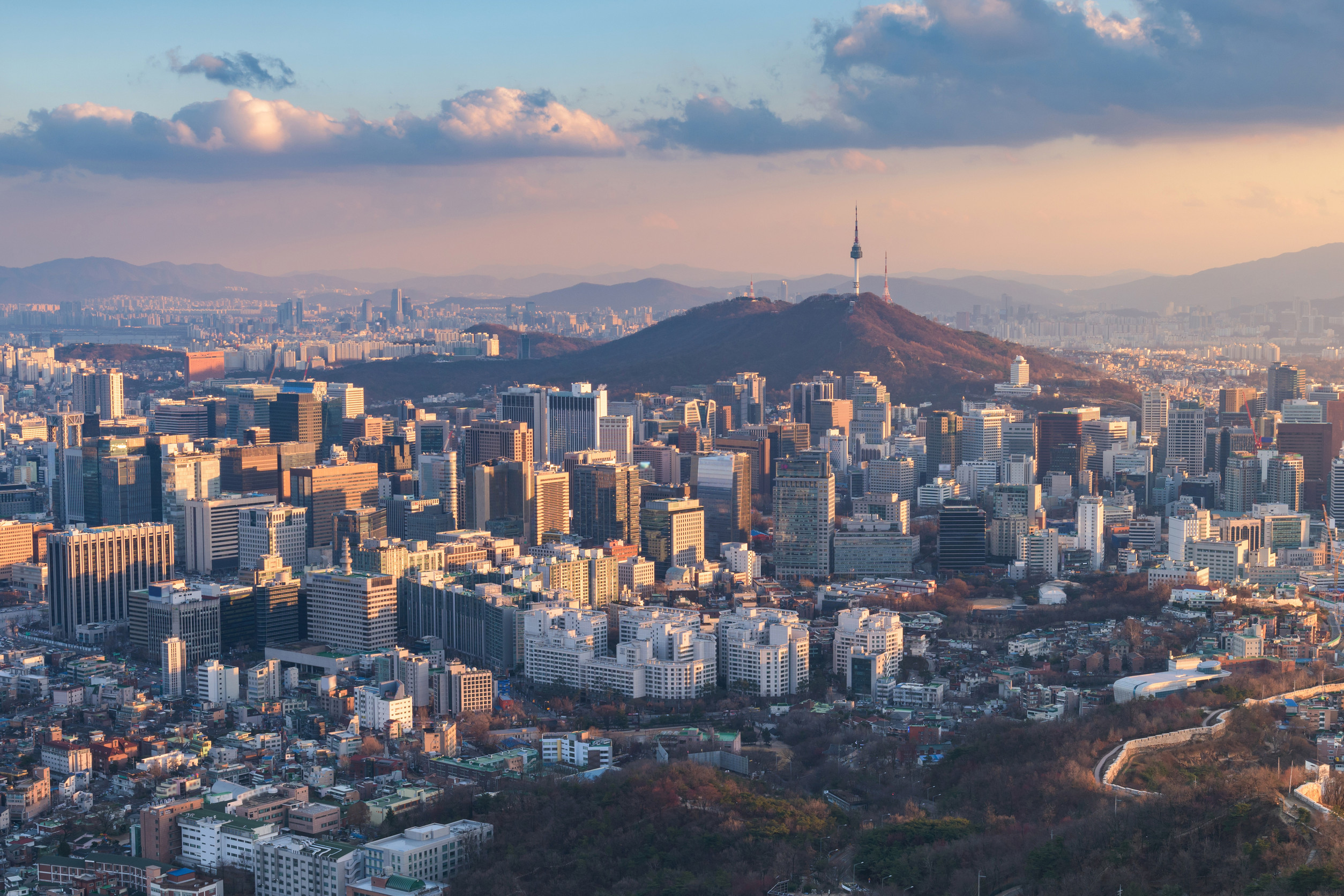
Seoul
Seoul, South Korea's dynamic capital, offers a perfect blend of historical landmarks and modern marvels. Gyeongbokgung Palace, a magnificent symbol of Korea’s royal past, is a must-see. Visitors can witness the changing of the guard ceremony and immerse themselves in the grandeur of this centuries-old palace. Nearby, Bukchon Hanok Village preserves the traditional Korean way of life with its carefully maintained hanok houses, providing a stark contrast to the city's modern architecture. For shopping and street food enthusiasts, Myeongdong is a bustling district filled with trendy shops, cosmetics stores, and delicious street food stalls. In the evening, N Seoul Tower offers panoramic views of the city, making it a great spot to take in the dazzling skyline, particularly at night when the city lights shine brightly.

Jeju Island
Jeju Island, a UNESCO-listed destination, is renowned for its natural beauty and volcanic landscapes. Hallasan Mountain, the highest peak in South Korea, offers excellent hiking opportunities, with panoramic views of the island from the summit. For a truly unforgettable experience, Seongsan Ilchulbong, also known as Sunrise Peak, provides one of the most scenic sunrise views in the country, making it a must-visit for nature lovers. Jeju is also home to Jeongbang Waterfall, one of the few waterfalls in the world that falls directly into the ocean, creating a dramatic and picturesque scene. Whether you’re hiking, exploring the coastline, or enjoying the unique landscapes, Jeju offers a diverse range of outdoor activities.
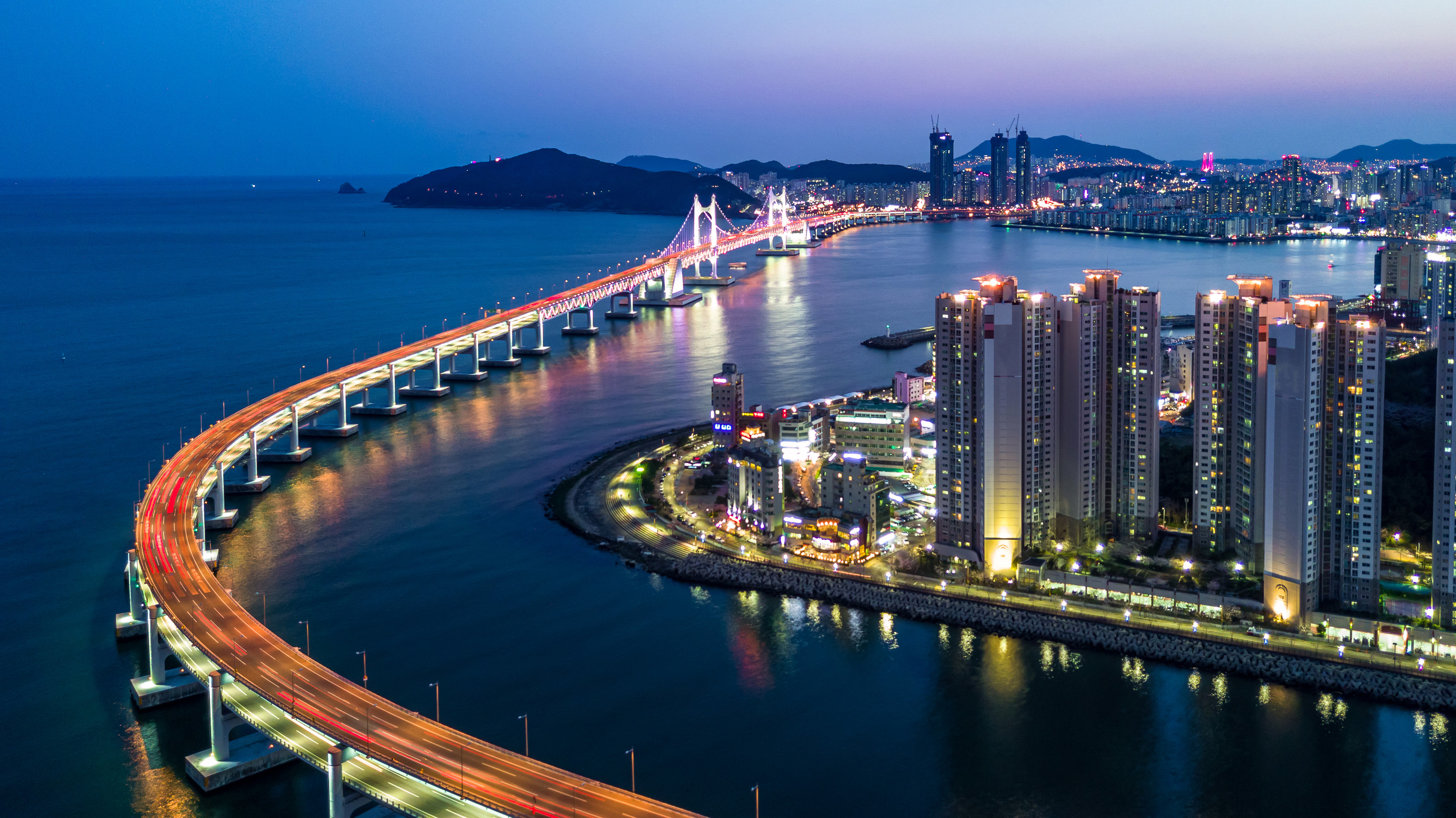
Busan
As South Korea’s second-largest city, Busan is a vibrant coastal destination. Haeundae Beach is one of the country’s most famous beaches, offering a beautiful coastline, water sports, and an array of restaurants and cafes along the shore. The city's artistic side can be explored in Gamcheon Culture Village, known for its brightly painted houses, murals, and art installations, making it a colorful and creative area to explore. For a serene experience, Beomeosa Temple, nestled in the mountains, provides visitors with a peaceful retreat and insight into Korea's Buddhist heritage.
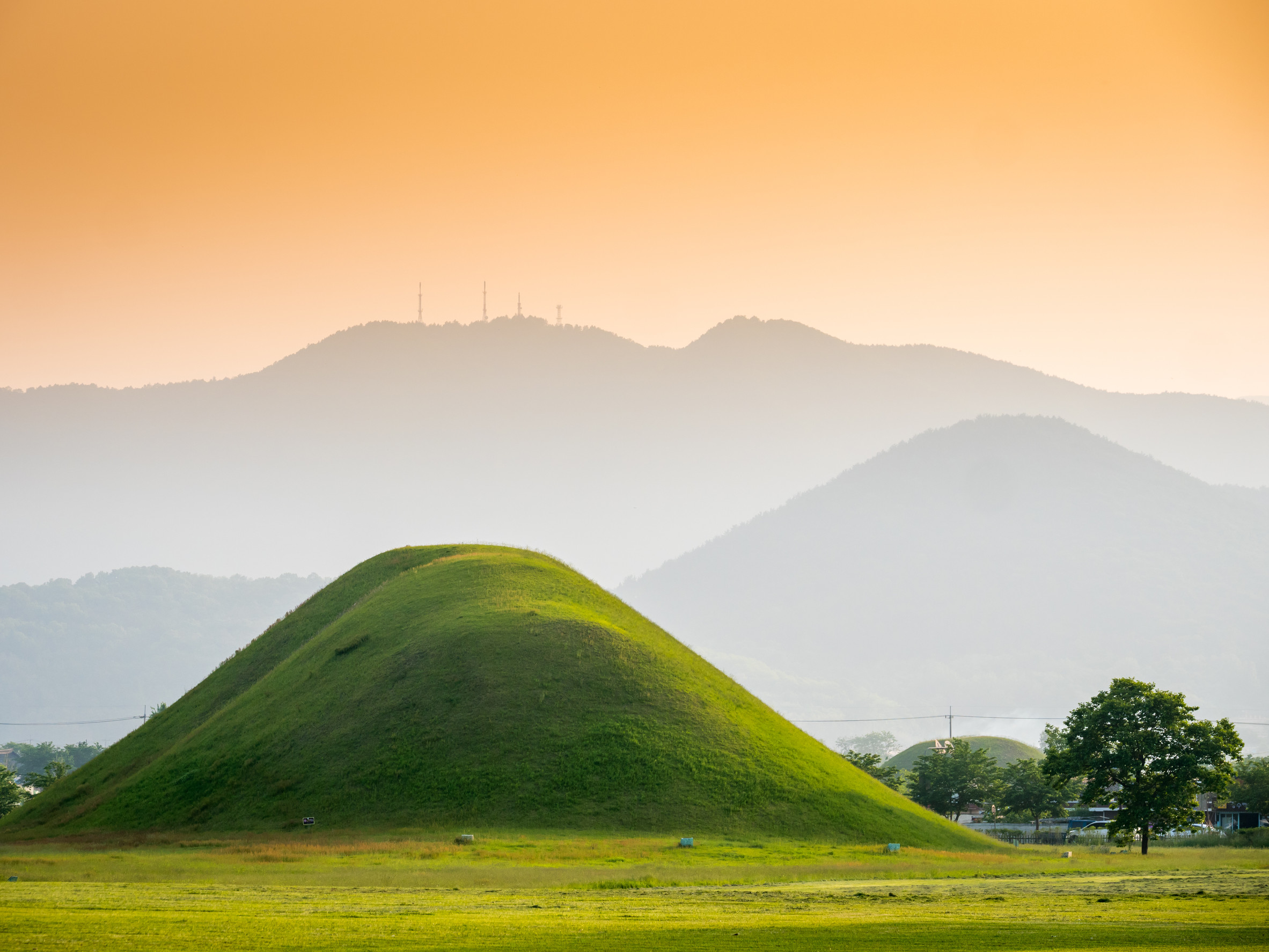
Gyeongju
Often referred to as the “museum without walls,” Gyeongju is the heart of Korea's ancient Silla Kingdom. It boasts numerous UNESCO World Heritage sites, such as Bulguksa Temple, a masterpiece of Buddhist architecture with intricate details and spiritual significance. Just a short distance away, Seokguram Grotto houses a stunning Buddha statue carved into a mountain, providing both a spiritual and historical experience. Anapji Pond, a beautifully restored artificial pond, is another highlight, offering tranquil views and reflecting the architectural achievements of the Silla Dynasty.
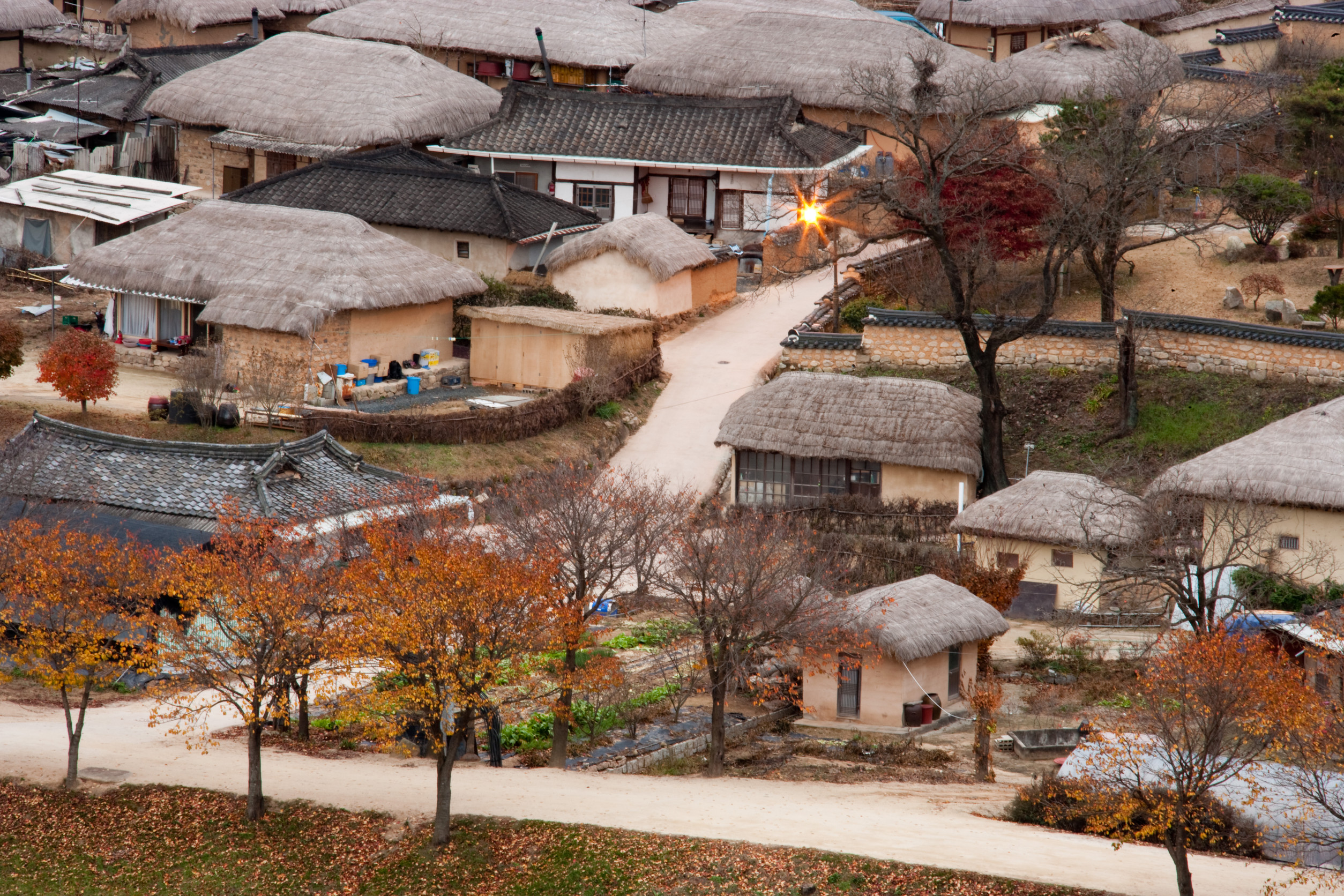
Andong
Andong is a city that offers a deep dive into traditional Korean culture. The Hahoe Folk Village, a well-preserved traditional village, allows visitors to experience authentic Korean customs and architecture. The village is famous for its mask dances, which offer a unique glimpse into the country’s ancient rituals and celebrations. Andong is the perfect destination for those looking to immerse themselves in Korea’s cultural heritage.
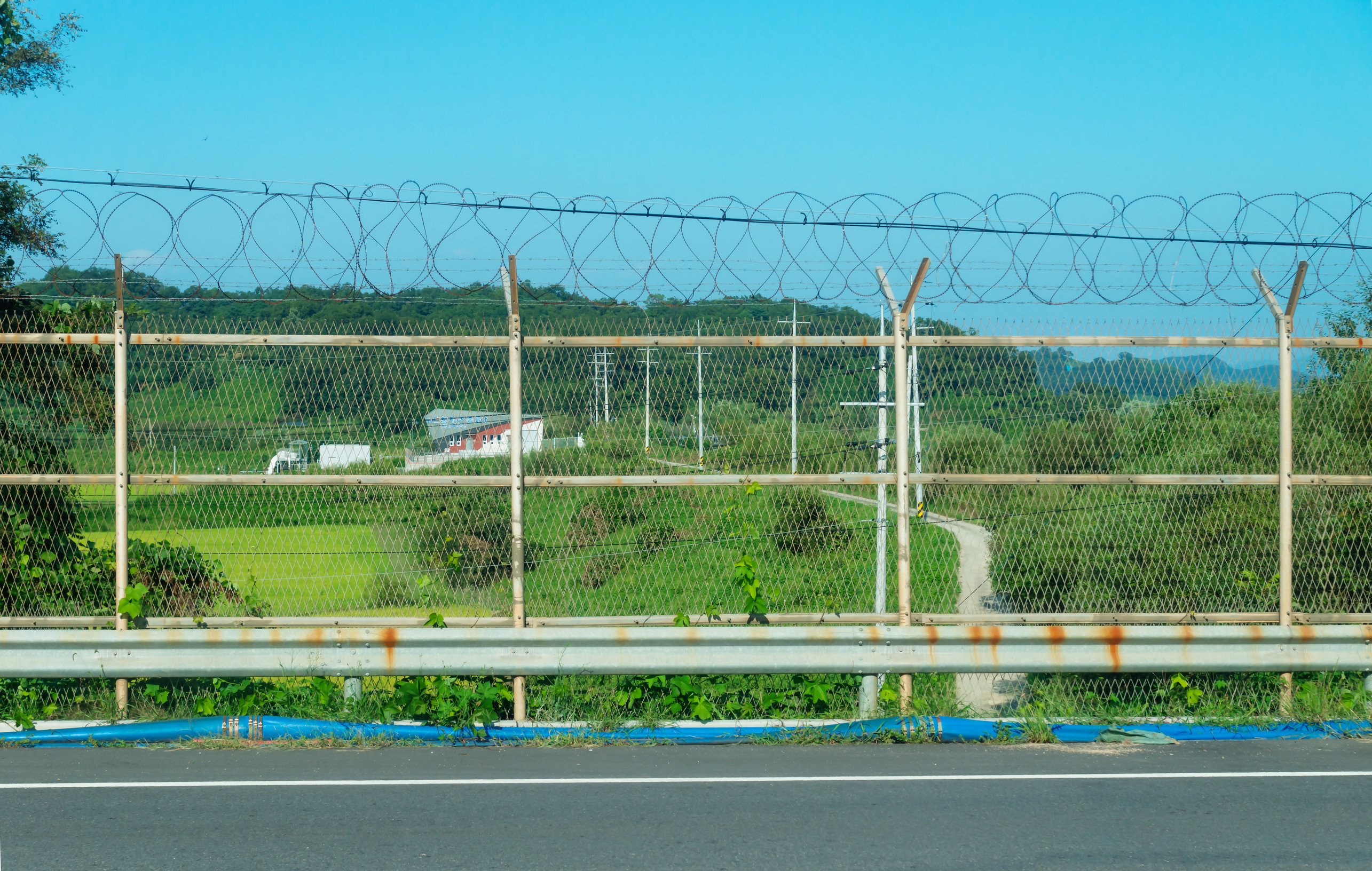
DMZ (Demilitarized Zone)
The DMZ is one of the most historically significant places in the world. It marks the border between North and South Korea, making it an essential visit for anyone interested in the Korean War and the ongoing division of the Korean Peninsula. Guided tours of the DMZ provide an opportunity to learn about the region’s complex history and the tense political situation, along with visits to key sites such as the Third Infiltration Tunnel and the Joint Security Area (JSA), where North and South Korean soldiers stand face-to-face.
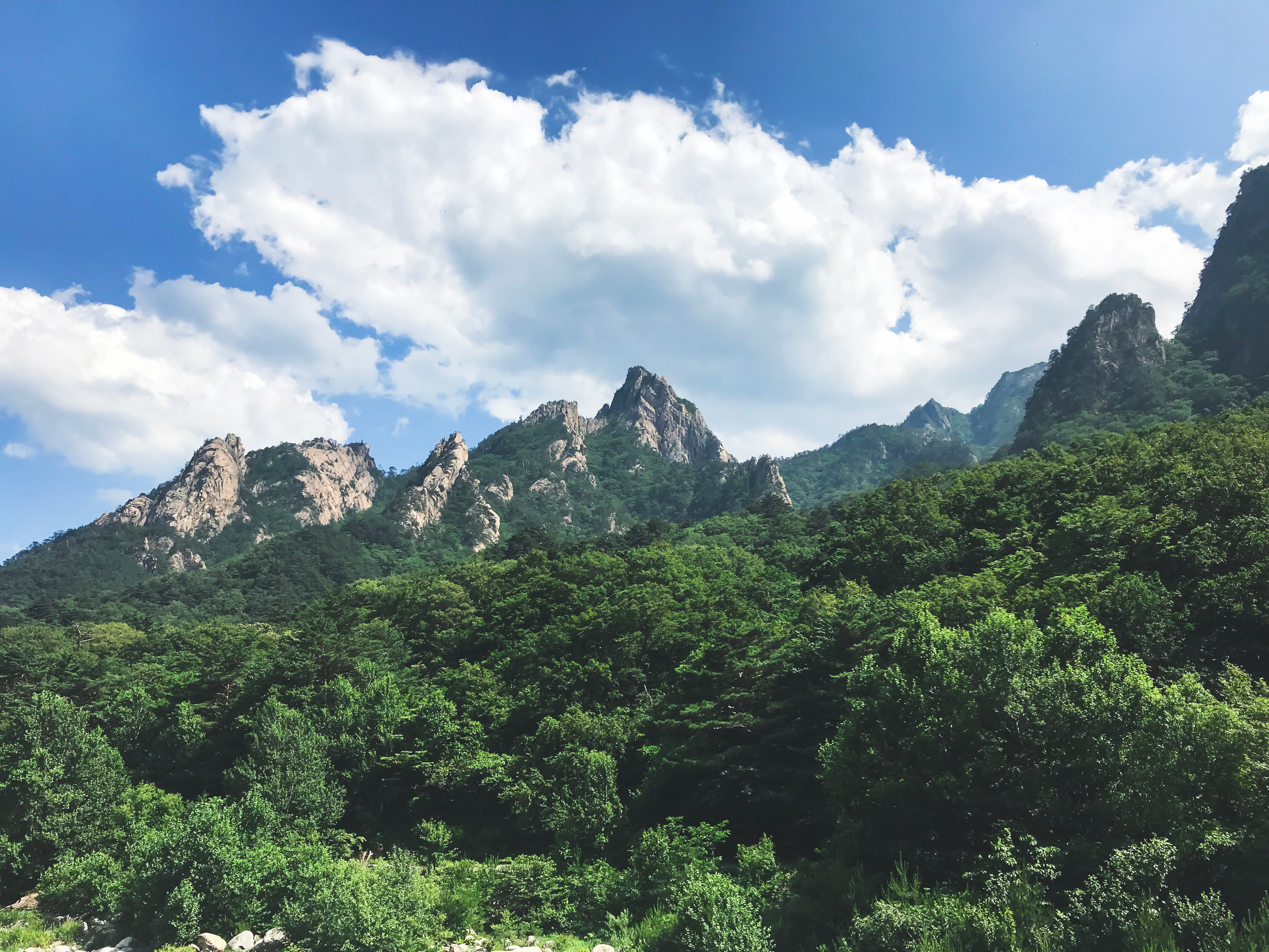
Sokcho
Located on the northeastern coast, Sokcho is a picturesque destination that offers a serene escape. Seoraksan National Park, known for its dramatic mountain views, is a popular spot for hiking and nature lovers. The park’s well-maintained trails cater to hikers of all levels, and the stunning scenery, with rocky peaks and lush forests, makes it an ideal location for outdoor enthusiasts looking to explore South Korea’s natural beauty.
Frequently Asked Questions
The C-3 Tourist eTA typically allows stays of up to 90 days for tourism, leisure, or visiting family and friends.
Extensions may be possible under certain conditions, but you must apply before your eTA expires. The extension process is subject to approval from the immigration authorities.
No, the C-3 Tourist eTA is strictly for tourism or short visits. It does not allow you to work or study in South Korea. For such activities, you would need to apply for the appropriate eTA.
If you are from a country eligible for K-ETA (Korea Electronic Travel Authorization), you do not need a C-3 Tourist eTA for short visits. You can apply for K-ETA instead, which is a quicker online process.
The processing time typically takes around 1-6 Working Days. However, processing times may vary depending on the embassy or consulate you apply to, and it’s advisable to apply well in advance.
Content Disclaimer: Although this information was last updated in January 2025, we recommend verifying with the appropriate agencies, embassies, and airlines to ensure complete accuracy regarding your travel plans.

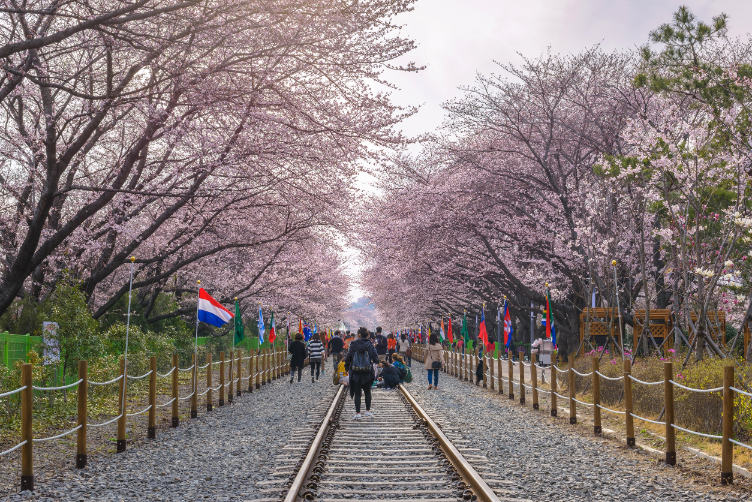
To help us improve